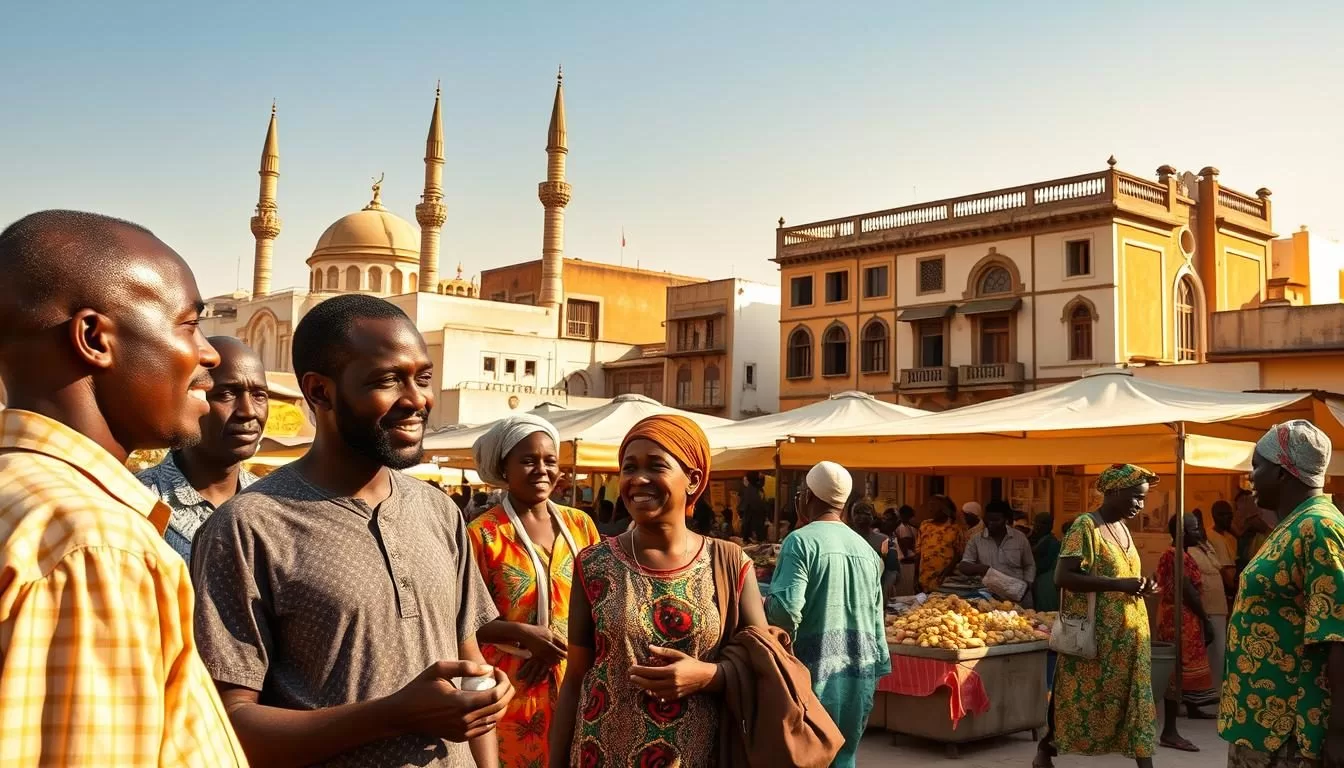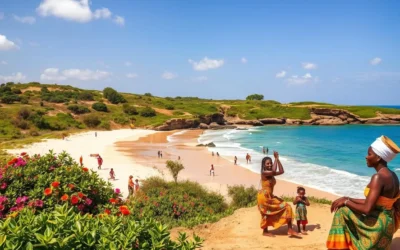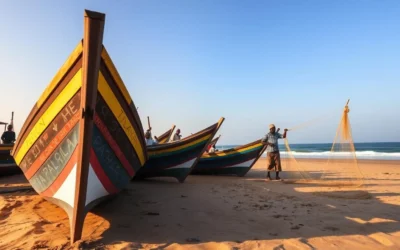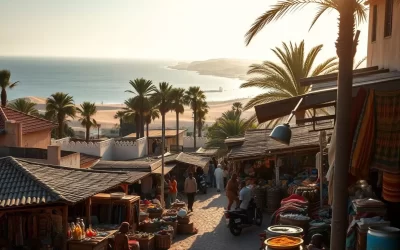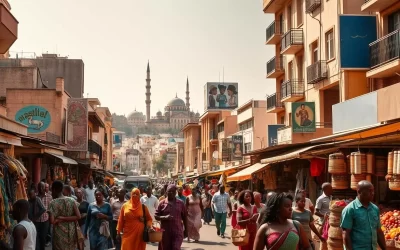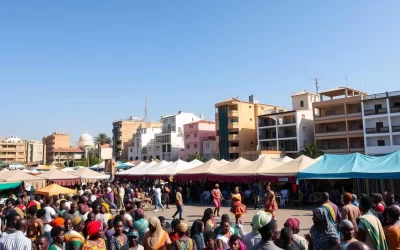✓ Accommodations ✓ Flights ✓ Rental Cars ✓ Tours & Activities
Welcome to the vibrant linguistic landscape of this West African country. Here, you’ll find a fascinating mix of languages that reflect its rich cultural heritage. French serves as the official language, used in government, education, and formal settings. However, Wolof is the most widely spoken tongue, connecting people across different regions and ethnic groups.
With a population of around 17 million, over 12 million individuals speak Wolof daily. This language bridges communities, making it a cornerstone of daily life. Meanwhile, French remains essential for accessing opportunities in education and professional fields.
From bustling cities to rural areas, the country’s linguistic diversity is a testament to its history and culture. Whether you’re exploring its vibrant markets or engaging with locals, understanding this multilingual setting will enrich your experience.
Understanding Senegal’s Rich Linguistic Heritage
Uncover the roots of Senegal’s diverse linguistic heritage. This West African nation is home to over 30 languages, each reflecting a unique cultural identity. From the bustling cities to the rural regions, the country’s multilingualism is a testament to its rich history.
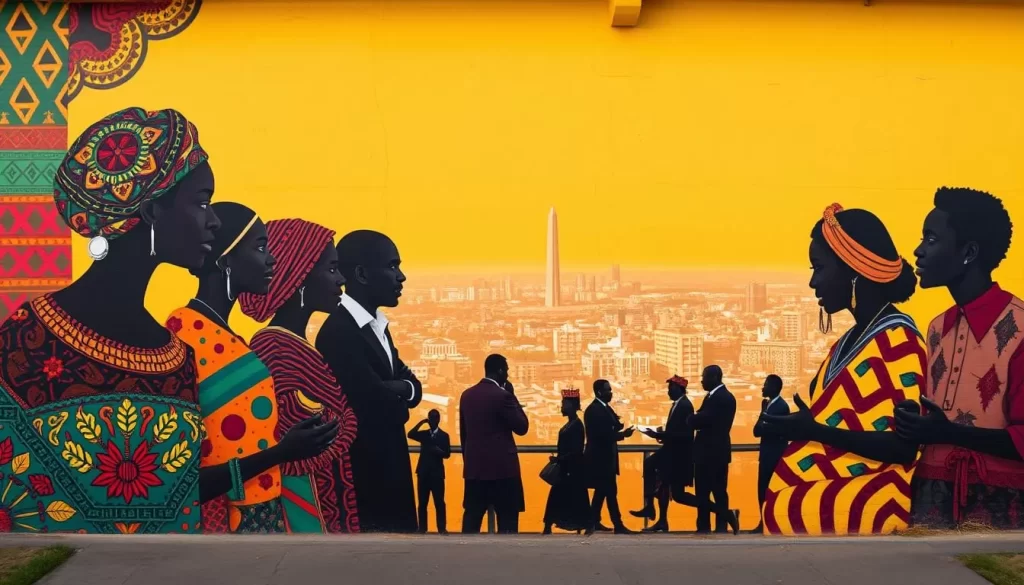
An Overview of Language Diversity
Senegal’s linguistic landscape is shaped by its population of nearly 19 million people. Wolof, spoken by 80% of the population, serves as a bridge between communities. Other languages like Pulaar and Serer also play vital roles in daily life. This diversity highlights the country’s cultural richness.
Historical Influences on Language Use
Pre-colonial and colonial eras have deeply influenced Senegal’s language use. French, introduced during colonial time, remains the official language used in government and education. Meanwhile, indigenous languages like Jola Jola-Fonyi continue to thrive, preserving local traditions. This blend of influences has shaped the country’s linguistic identity over time.
The Role of French as the Official Language in Senegal
French plays a pivotal role in shaping the communication framework of this West African nation. As the official language, it is deeply embedded in formal settings, including government, administration, and public services. This linguistic legacy, inherited from the colonial era, continues to influence daily life and opportunities.
Government, Administration, and Public Services
In the government sector, French is the primary medium for legal documents, official communications, and administrative processes. It ensures consistency and clarity in public services, making it essential for civil administrators. However, interactions with the population often involve a mix of French and local languages like Wolof.
French in Education and Business
French dominates the education system, with most schools and universities using it as the primary language of instruction. This creates opportunities for students to access higher education and professional fields. In business, French serves as a bridge for international trade and local enterprises, fostering economic growth.
| Domain | Role of French |
|---|---|
| Government | Primary language for legal and administrative tasks |
| Education | Main language of instruction in schools and universities |
| Business | Facilitates international trade and local commerce |
Despite its formal importance, French is spoken by only about 33% of the population. This highlights its role as a second language for many, while local languages remain the heart of everyday communication.
Wolof: The Lingua Franca and Widely Spoken Language
Step into the heart of daily life in Senegal, where Wolof bridges communities and cultures. This language is not just a means of communication—it’s a cornerstone of identity and connection. Spoken by 80% of the population as either a first or second language, Wolof is deeply woven into the fabric of everyday interactions.
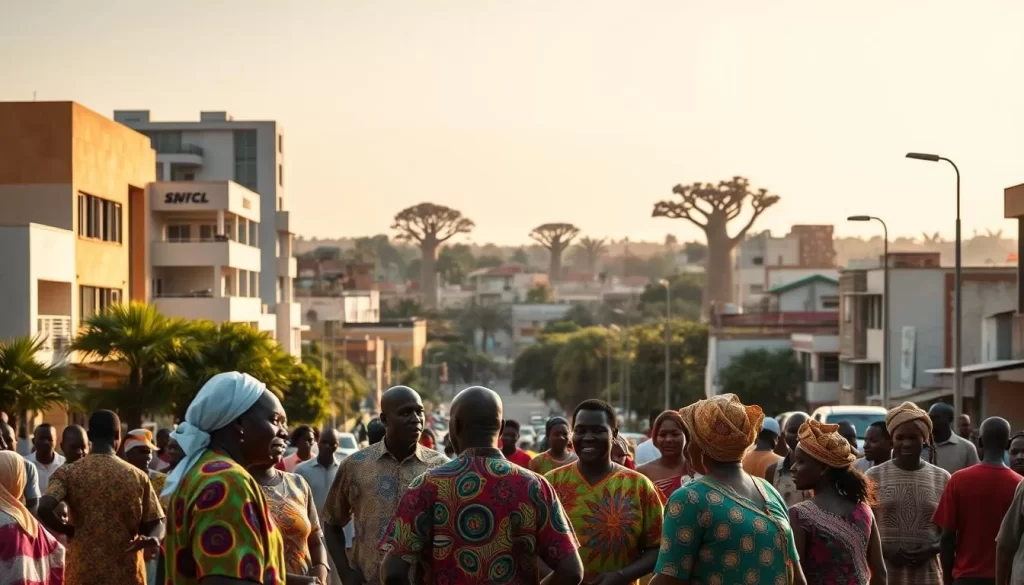
Everyday Communication and Culture
From bustling markets to family gatherings, Wolof is the go-to language for millions. It’s the voice of storytelling, the rhythm of music, and the glue that binds communities. Whether you’re haggling for goods or sharing a meal, Wolof makes these moments richer and more meaningful.
In media, Wolof dominates radio, television, and even social platforms. It’s a language that adapts to modern life while preserving tradition. For many, it’s a symbol of unity in a diverse country.
Regional Variations and Usage Trends
Wolof’s influence stretches across regions, but its dialects vary. From Dakar to Saint-Louis, each area adds its unique flavor to the language. These variations reflect local cultures and histories, making Wolof a dynamic and evolving tongue.
In urban centers, Wolof often blends with French, creating a hybrid form of communication. In rural areas, it remains pure and traditional. This adaptability ensures its relevance across generations.
| Region | Wolof Usage |
|---|---|
| Dakar | Primary language for daily interactions |
| Saint-Louis | Blend of traditional and modern dialects |
| Rural Areas | Preserves traditional Wolof forms |
Wolof’s role as a widely spoken language continues to grow. It’s a testament to the resilience and vibrancy of Senegal’s cultural heritage. Whether you’re a visitor or a local, understanding Wolof opens doors to deeper connections and experiences.
Senegal: Official and widely spoken languages
Dive into the unique blend of languages that define communication in this vibrant nation. French holds the status of the official language, used in governance and education. Yet, it’s Wolof that connects the majority of the population in daily life.

This duality reflects the country’s rich cultural heritage. While French is essential for formal settings, Wolof serves as the heart of everyday interactions. Over 80% of the population speaks Wolof, making it the most widely used language.
Here’s a quick breakdown of how these languages coexist:
- French: Official language for governance and education.
- Wolof: The language spoken by the majority in daily life.
- Other indigenous languages: Play a vital role in preserving cultural identity.
This dual system highlights the balance between historical legacy and modern identity. French represents the country’s colonial past, while Wolof and other local languages embody its cultural richness. For more insights, explore the linguistic diversity of Senegal.
Understanding this blend of languages gives you a deeper appreciation of the country’s social fabric. Whether you’re engaging with locals or exploring its history, this linguistic harmony is a key part of the experience.
Exploring National Languages and Their Cultural Impact
Discover the cultural heartbeat of this West African nation through its national languages. These tongues are more than just a means of communication—they are a reflection of identity, heritage, and unity. While French serves as the official language, national languages like Wolof, Serer, and Jola-Fonyi hold deep cultural significance.
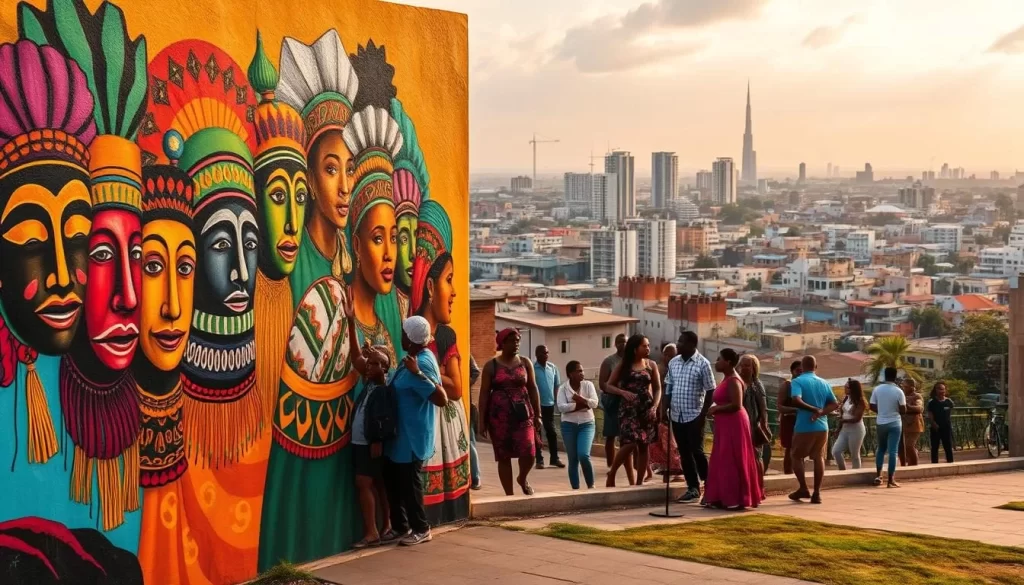
Languages with National Status
In 1971, six languages were granted national status: Wolof, Pulaar, Joola, Malinke, Seereer, and Soninke. Wolof, spoken by over 75% of the population, is the most prominent. It connects people across different regions and ethnic groups, serving as a unifying force.
Jola-Fonyi, spoken by about 4.5% of the population, is concentrated in the Casamance region. This language plays a vital role in preserving local traditions and cultural identity. Similarly, Serer and Pulaar are deeply rooted in their communities, reflecting the country’s linguistic diversity.
The Role of Local Dialects in Community Identity
Local dialects are the lifeblood of community identity. They preserve historical traditions and foster a sense of belonging. For example, the Mouride Brotherhood uses Wolof exclusively, reinforcing its cultural and spiritual significance.
In rural areas, dialects remain pure and traditional, while urban centers often see a blend of local languages and French. This adaptability ensures their relevance across generations. For more insights, explore the language policy in Senegal.
| Language | Cultural Role |
|---|---|
| Wolof | Unifies communities, dominates media and daily life |
| Jola-Fonyi | Preserves traditions in the Casamance region |
| Serer | Reflects cultural heritage in rural areas |
National languages and dialects are a testament to the country’s rich cultural tapestry. They bridge the past and present, ensuring that traditions are passed down through generations. To learn more about the French-Senegalese cultural exchange, visit this link.
Language and Education in Senegal’s Schools
Explore how Senegal’s schools blend languages to shape the future of its students. The education system here is a fascinating mix of French, English, and indigenous tongues. This approach reflects the country’s commitment to both global engagement and cultural preservation.
French remains the primary language of instruction in 96% of public schools. It’s used in classrooms to ensure students are prepared for higher education and professional opportunities. However, the government is also promoting bilingual and multilingual teaching methods. These include the use of local dialects and English as a foreign language.
Curriculum and Multilingual Teaching Methods
In recent years, more than 600 nursery and primary school classes have introduced English lessons. These are held every Tuesday and Thursday, with younger students receiving two 25-minute sessions and older ones two 30-minute lessons. This initiative aims to connect students with global opportunities from a young age.
Despite these efforts, challenges remain. Many students have studied English for up to seven years but still struggle to communicate effectively. The government is addressing this by investing in teachers with high English proficiency. However, the lack of teaching materials remains a hurdle.
Local dialects are also being integrated into the curriculum. Programs like bilingual education initiatives emphasize the importance of teaching in students’ mother tongues. Research shows that this approach improves literacy in both local languages and French.
Senegal’s investment in education is evident, with 6% of its GDP dedicated to the sector. This has led to significant improvements in primary school enrollment and completion rates. By blending languages in the classroom, the country is fostering both community identity and economic opportunity.
Conclusion
Understanding the linguistic fabric of this nation offers a glimpse into its cultural soul. French serves as the official language, essential for governance and education. Yet, Wolof is the heart of daily life, spoken by over 80% of the population.
This balance reflects the country’s rich heritage. While French connects people to formal opportunities, Wolof unites communities in everyday interactions. Indigenous languages further enrich this vibrant tapestry, preserving traditions and identity.
For a deeper dive into how these languages shape life, explore Senegal’s cultural landscape. You’ll discover how education systems blend languages to prepare students for the future.
This linguistic harmony is a testament to the resilience and adaptability of its people. Whether you’re a visitor or a scholar, appreciating this diversity offers a richer understanding of the country’s soul.
The above is subject to change.
Check back often to TRAVEL.COM for the latest travel tips and deals.
Here are some Tours & Sightseeing suggestions that might pique your interests!
